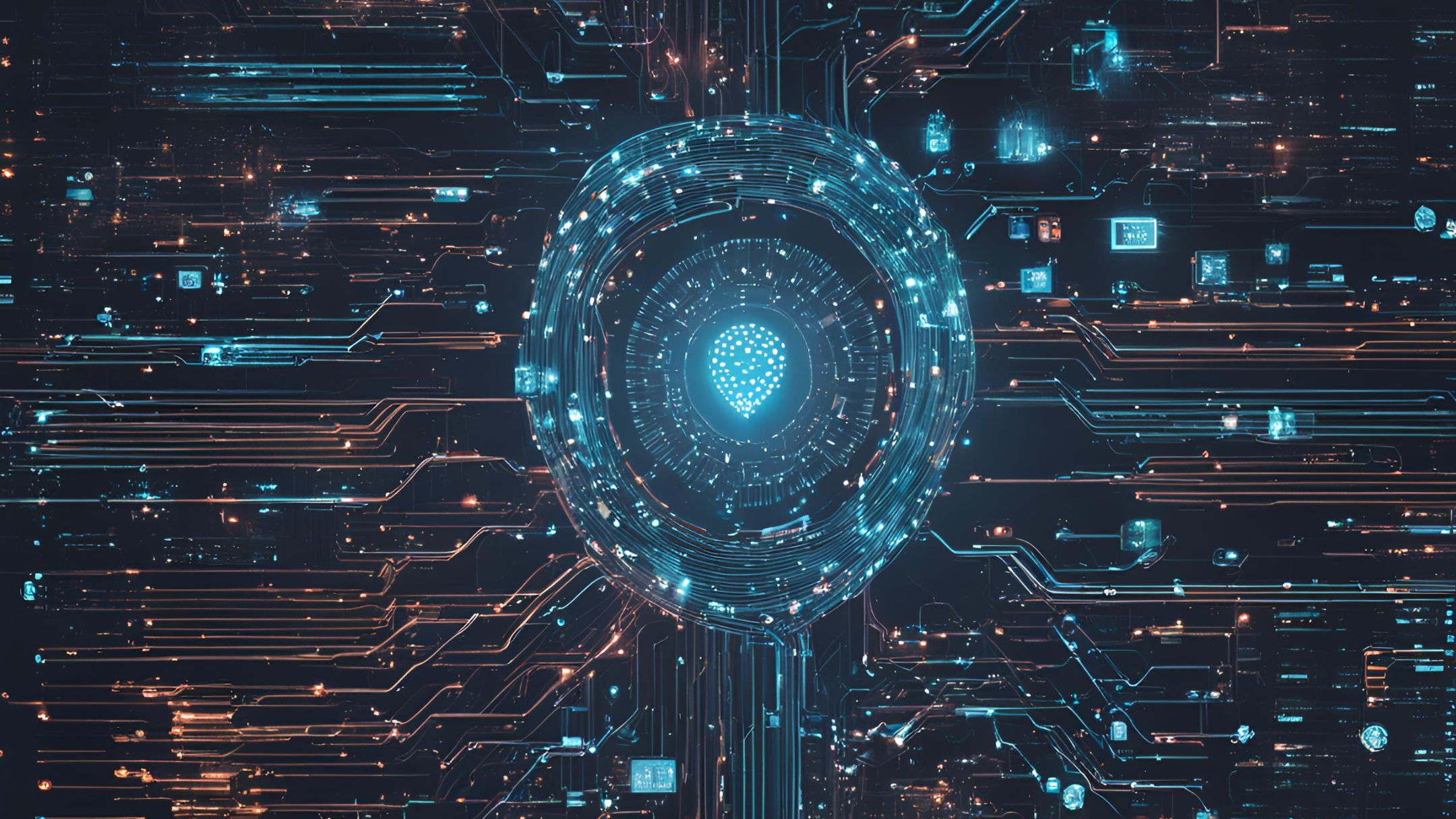Side-Channel Attacks: A Silent Threat to Cybersecurity

In the realm of cybersecurity, much of the focus revolves around defending against software vulnerabilities, malware, and network intrusions. However, an often-overlooked but equally critical domain is the world of side-channel attacks. These attacks exploit indirect information leakage from systems to extract sensitive data, bypassing traditional security mechanisms. Understanding how side-channel attacks work, their implications, and strategies to mitigate them is vital for robust security in the digital age.
What are side-channel attacks?
Side-channel attacks leverage information that is unintentionally emitted by a system during its operation. Unlike conventional attacks that target software bugs or cryptographic flaws, side-channel attacks exploit physical or operational characteristics such as timing, power consumption, electromagnetic emissions, or acoustic signals. These characteristics can reveal critical insights about the internal workings of a system.
For instance, when a device processes cryptographic keys, the time taken for computations, variations in power usage, or even sounds generated by the hardware can provide clues about the keys themselves. By analyzing these subtle leaks, attackers can piece together sensitive information without directly breaching the software or hardware protections.
Types of side-channel attacks
1. Timing attacks
Timing attacks focus on the time taken by a system to execute specific operations. Cryptographic algorithms, for example, often exhibit variations in execution time depending on the input data or secret keys. An attacker who can measure these variations precisely may deduce the underlying secret values.
Timing attacks were successfully used against RSA encryption, where attackers measured the time taken to perform decryption operations and extracted the private key.
2. Power analysis
Power analysis attacks exploit variations in a device's power consumption during operation. Embedded systems, especially those in IoT devices and payment systems, are prime targets due to their constrained resources and physical exposure. They are often divided into two subcategories:
- Simple power analysis (SPA): Observes power consumption patterns directly to infer information. For instance, a device performing repetitive cryptographic operations may display distinct power usage patterns for different key bits.
- Differential power analysis (DPA): Uses statistical methods to analyze power consumption over multiple operations, extracting secrets like encryption keys. DPA is more sophisticated and effective, capable of breaking systems even when individual power traces are inconclusive.
DPA was famously used to attack smart cards, revealing sensitive cryptographic keys through repeated analysis of power consumption during encryption.
3. Electromagnetic (EM) analysis
Electromagnetic attacks capture emissions from electronic devices as they process data. EM analysis is similar to power analysis but can operate at a distance, as electromagnetic waves radiate into the environment. It can reveal cryptographic keys or other sensitive information by analyzing the emitted signals.
Researchers demonstrated EM attacks on RSA and AES encryption, reconstructing keys by analyzing electromagnetic waves emitted during encryption. In some cases, even LED lights on devices have been leveraged to infer sensitive operations.
4. Acoustic cryptanalysis
Acoustic cryptanalysis involves analyzing sound waves produced by hardware components such as keyboards or processors. These attacks take advantage of mechanical or electrical vibrations that translate into audible or sub-audible frequencies. For example, the high-pitched noise emitted by a CPU during cryptographic calculations can reveal data-dependent characteristics of the computation.
In one study, researchers extracted 4096-bit RSA keys by recording and analyzing the sound of a laptop’s fan and CPU during decryption.
5. Cache attacks
Cache attacks exploit the behavior of shared CPU cache memory. Modern processors use shared caches to optimize performance, but this sharing can inadvertently expose sensitive data. By monitoring how data is loaded into or evicted from the cache, attackers can infer memory access patterns and deduce critical information. Cache attacks are increasingly relevant in multi-tenant environments such as public clouds. Since these environments depend on shared resources, attackers can exploit minute differences in cache timings to extract secrets.
Cache side-channel attacks like Flush+Reload have been used to extract cryptographic keys in older multi-tenant cloud environments.
High-profile examples of side-channel attacks
Over the years, side-channel attacks have transitioned from theoretical concepts to real-world threats. Some notable examples include:
- Spectre and Meltdown (2018): These hardware vulnerabilities exploited speculative execution in modern processors, allowing attackers to access sensitive data across system boundaries.
- TEMPEST attacks: Originating in the Cold War era, these attacks involve intercepting electromagnetic emissions from devices to reconstruct displayed or processed information.
- Keyboard acoustic attacks: Studies have shown that attackers can determine typed passwords or text by analyzing keystroke sounds using machine learning.
- Rowhammer attack: While not a traditional side-channel attack, Rowhammer exploits physical characteristics of DRAM to induce bit flips, potentially exposing sensitive data.
Why Are Side-Channel Attacks So Concerning?
1. Hard to detect
Side-channel attacks do not rely on malware or explicit intrusions, making them exceptionally difficult to detect with conventional security tools.
2. Bypass cryptographic security
Even the most robust cryptographic algorithms can be compromised if side-channel leaks are effectively exploited. The issue lies not in the algorithms themselves but in their physical implementation.
3. Expanding attack surface
With the proliferation of Internet of Things (IoT) devices, smartphones, and smart appliances, the attack surface for side-channel exploitation is growing rapidly. Many of these devices lack the sophisticated protections found in traditional computing systems.
4. Advanced techniques
The rise of machine learning and artificial intelligence has enhanced the precision and effectiveness of side-channel attacks. Attackers can now process and analyze vast amounts of side-channel data more efficiently than ever before.
Defending against side-channel attacks
Mitigating side-channel attacks requires a combination of hardware and software strategies. Below are some of the key approaches:
1. Hardware countermeasures
- Randomization: Introducing random delays or noise in operations can make timing and power analysis attacks less effective.
- Shielding: Physical shielding can reduce electromagnetic emissions from devices.
- Low-power designs: Designing hardware to minimize power consumption variations reduces susceptibility to power analysis.
2. Cryptographic techniques
- Constant-time algorithms: Implementing cryptographic algorithms that execute in constant time, regardless of input, helps mitigate timing attacks.
- Masking and blinding: Techniques like data masking randomize intermediate values during cryptographic operations, thwarting statistical analysis.
3. Software protections
- Access control: Limiting access to resources like shared memory or caches can reduce exposure to cache-based attacks.
- Noise injection: Adding noise to observable outputs makes it harder for attackers to discern meaningful patterns.
4. Monitoring and detection
Employing advanced monitoring tools to detect unusual patterns in power consumption, timing, or emissions can help identify potential side-channel exploitation attempts.
5. User awareness and best practices
Educating users and developers about the risks associated with side-channel attacks is crucial. Properly securing devices and avoiding risky configurations can reduce exposure.
Conclusion
As technology continues to evolve, so too will the sophistication of side-channel attacks. The integration of AI, the expansion of IoT, and the increasing complexity of hardware systems present both opportunities and challenges in this domain. While no system can be entirely immune to side-channel attacks, understanding their mechanics and implementing layered defenses can significantly mitigate risks.
Side-channel attacks underscore the importance of holistic cybersecurity practices that address not only software vulnerabilities but also the physical and operational dimensions of system security. As researchers and engineers collaborate to build more secure systems, the fight against side-channel exploitation will remain a dynamic and critical frontier in cybersecurity.
